Surface heat treatment is to change the surface structure of the part to obtain martensite with high hardness, while retaining the toughness and plasticity of the core (ie surface quenching), or to change the chemical composition of the surface at the same time to obtain corrosion resistance, acid resistance and alkali resistance. , and the surface hardness is higher than the former (ie chemical heat treatment).
Ⅰ. The difference between induction quenching and flame quenching
Induction quenching: Induction heating is extremely fast, only a few seconds or a dozen seconds. The quenched layer has fine martensite structure and good mechanical properties. The surface of the workpiece is not easy to be oxidized and decarburized, the deformation is also small, and the depth of the hardened layer is easy to control, the quality is stable, and the operation is simple, especially suitable for mass production. Commonly used in medium carbon steel or medium carbon low alloy steel workpieces, such as 45, 40Cr, 40MnB, etc. It can also be used for high carbon tool steel or cast iron. The working frequency of the induction heating equipment has a significant effect on the control of the depth of the quenching layer, and a good combination of strength, fatigue resistance and toughness can be obtained.
Flame quenching: It is a flame burned with a mixture of acetylene-oxygen or gas-oxygen, sprayed on the surface of the part, and heated rapidly. When the quenching temperature is reached, it is immediately sprayed with water or cooled with an emulsion. The depth of the hardened layer is generally 2-6mm, and if it is too deep, it often causes serious overheating of the surface of the part, which is prone to quenching cracks.
This method is simple and does not require special equipment, but it is easy to overheat and the quenching effect is unstable, which limits its application to large parts produced in single or small batches and tools or parts that require local quenching, such as large shafts, large Modular gears, etc.
Ⅱ. The advantages of induction quenching
1. The surface hardness is 2-3HRC higher than ordinary quenching, and has lower brittleness;
2. The fatigue strength and impact toughness have been improved, and the general workpiece can be increased by 20-30%;
3. Small deformation;
4. The depth of the quenching layer is easy to control;
5. It is not easy to be oxidized and decarburized during quenching;
6. Cheaper low hardenability steel can be used;
7. The operation is easy to realize mechanization and automation, and the productivity is high;
8. The higher the current frequency, the shallower the hardened layer.

 en
en  cn
cn  jp
jp  ko
ko  de
de  es
es  it
it  ru
ru  pt
pt  th
th  vi
vi  pl
pl 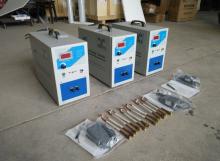
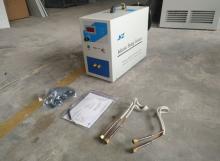
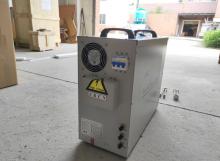
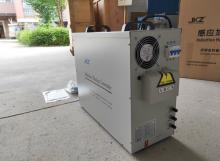
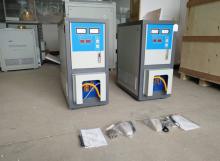
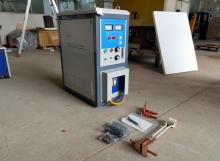
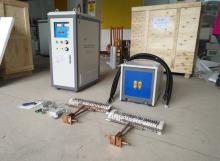
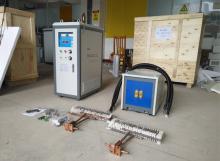
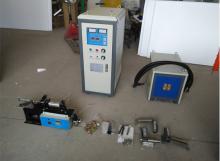
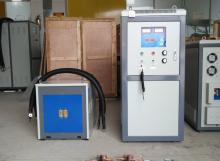
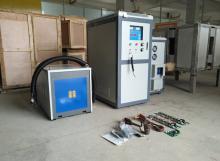
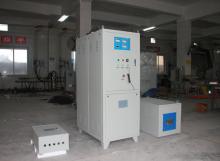
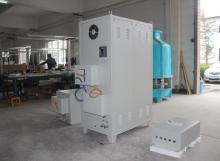
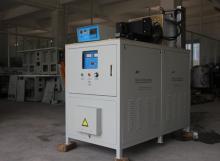
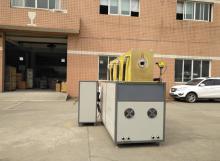
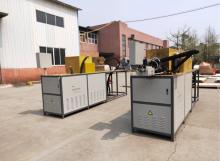
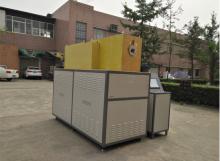
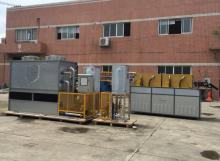
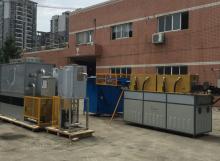
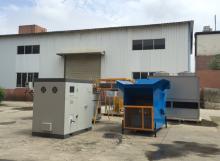
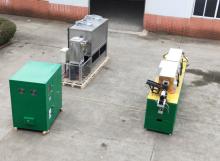
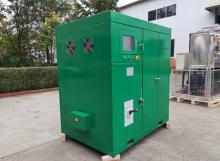
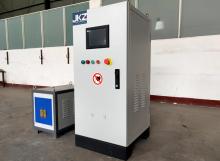
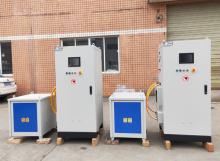
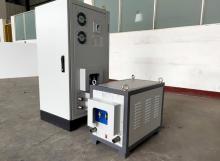
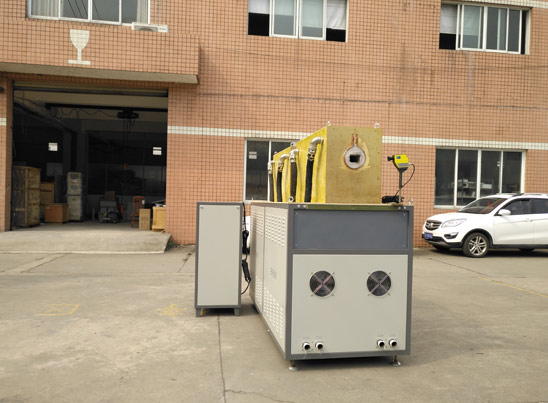
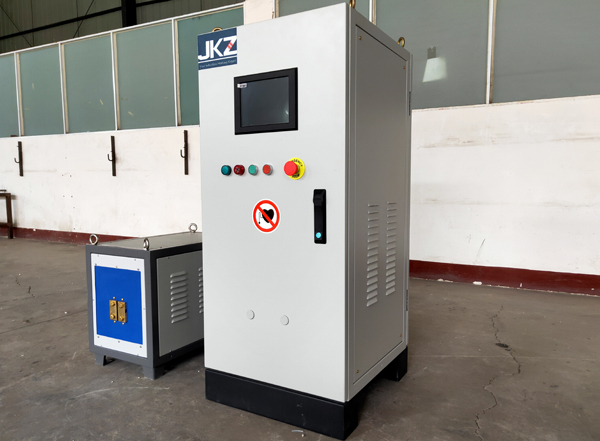
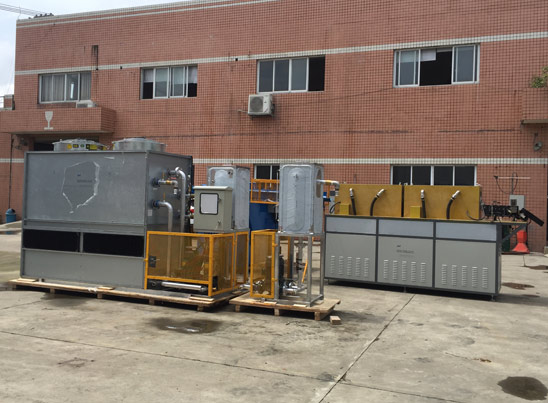





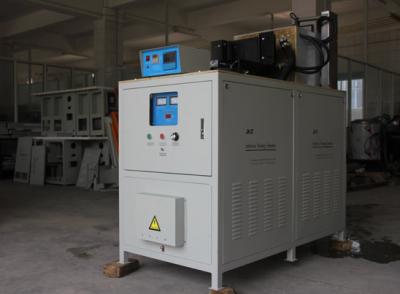
 Call us on:
Call us on:  Email Us:
Email Us:  NO. 688th South Baoguang Road, Xindu District, Chengdu City, Sichuan Province, China
NO. 688th South Baoguang Road, Xindu District, Chengdu City, Sichuan Province, China